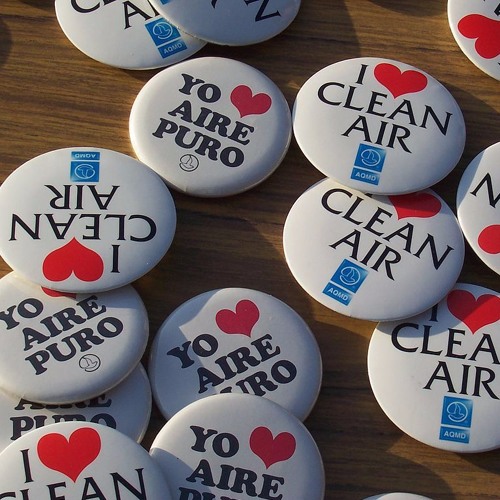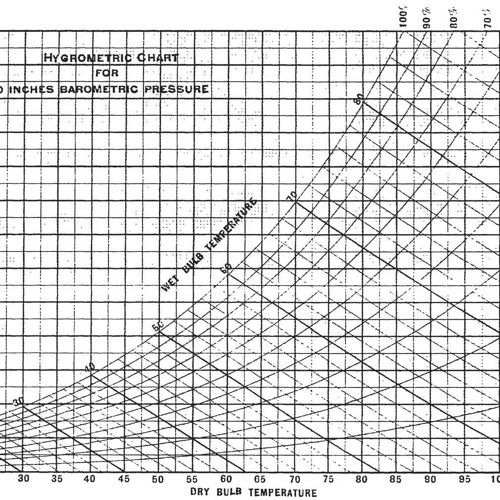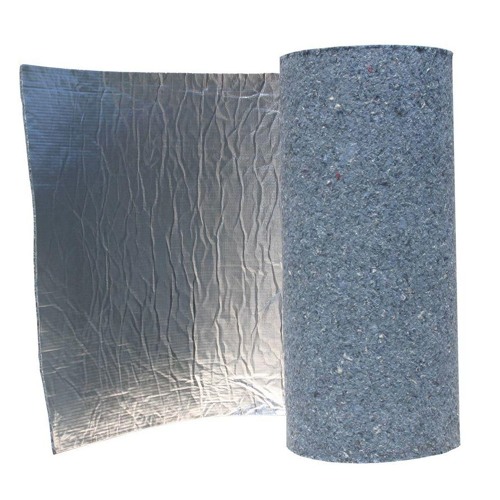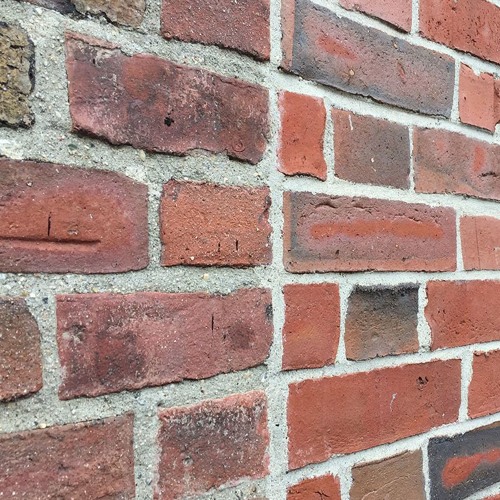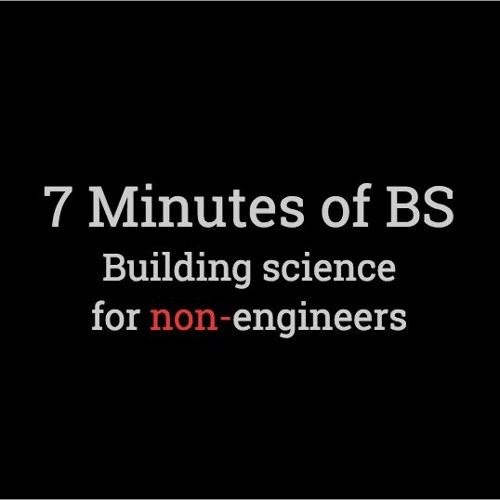What it is:
Makeup air
"Outside air used to replace exhausted air from the interior.”
—Jonathan Smegal of RDH Building Science Laboratories.
How it works:
“In a house, there are typically several sources of exhausting air—when they operate—such as dryers, bathroom fans, fireplaces, range hoods. Some of the range hood fans are operating in the range of 600 to even 1200 CFM, and so they have been known to suck ashes out of fireplaces.
The serious side of backdrafting is that carbon monoxide and other gasses can actually poison people.
There is a less serious side, too.
There is always the story about sucking a cat across the floor.”
I believe that story was about a kitten, a couple of episodes back, but the underlying truth is that houses are not like balloons. When balloons take on extra air, they get bigger. When they release air, they make a funny sound and get smaller.
Houses do not roll like that.
When these appliances exhaust air, they have to draw air in through all the available holes in the assembly to balance the pressure of the house.
Again, houses are different from balloons. But they are becoming more like them in at least one respect
The two main reasons that this is becoming an issue or has become an issue are, one, that buildings and houses are getting significantly tighter.
Like a balloon
Two, range hood fans have been getting significantly more powerful as people want to put in commercial ranges and downdraft fans.
Unlike a balloon. No one installs range hoods in balloons. That would be foolish. These commercial range hoods can suck a roomful of air out of the house every minute. And because houses cannot expand and contract, that outgoing air depressurizes the house. Which is not really a good thing.
Why it matters:
The negatives of depressurization are:
- Energy penalties by exhausting air and drawing in air that is unconditioned
- Comfort issues resulting from drafts around leaky windows and doors
- Moisture issues, if you are drawing high-humidity air into the enclosure
- Health and life safety issues by drawing combustion gases down chimneys or through naturally-vented gas appliances.
Like regular old gas water heaters with a metal hood a few inches above the flame. This is called a draft hood, but building scientists have a more technical term for it: BAD IDEA.
The combustion gasses that go up that pipe are supposed to keep right on going up the pipe and out to the atmosphere—because combustion gasses kill people every day.
And we are not just singling out range hoods as the big suckers
Other sources of depressurization can be open fireplaces.
Do you know this from experience?
I know this from experience because I once had so much air moving up my chimney that I actually was sucking the smoke back down the secondary chimney and I filled part of my basement with my fireplace smoke by depressurizing the house so much.
Not sure I would be bragging about that if your boss is listening, but go ahead, it’s your show.
In more extreme commercial example that I like to use with much more powerful exhaust fans, the makeup air units weren't working ...
But the exhaust hoods were just fine.
... they were so powerful they were sucking sewer gas back up to the traps in the toilets, bubbling it through the toilets.
The whole restaurant was starting to smell like sewer gas.
Yuk. That seems like some seriously negative pressure.
That is a lot of pressure when you are overcoming the trap.
How to do it right:
OK, so this is getting a little bit alarming. While boiling toilets are unlikely to be a problem in residential construction, the problems that cause it in restaurants are the same:
In the past when houses were significantly more leaky, it was not as much of an issue because air would just leak into the enclosure and makeup the difference of the exhausted air.
But with tight houses we cannot rely on the leaks to do our dirty work for us. We have to plan it. One place to begin your plan is with the law.
From the IRC 2012, section 1503.4 says that makeup air is required.
Exhaust hood systems capable of exhausting an excess of 400 cubic feet per minute shall be provided with makeup air at a rate approximately equal to the exhaust air rate.
Such makeup air system shall be equipped with a means of closure and
... automatically be controlled, start and operate simultaneously with the exhaust system.
That means the duct has a damper connected to some sort of sensor or timer.
Typically what happens is as soon as you turn on the range hood, it will send a signal to the damper in the outdoor air duct. It will open allowing air to flow into that duct and make up the difference so that your house does not become significantly depressurized.
So the code tells you when to do it, but not how. And that is something Ron Swanson could love.
Ron would tell you that the simplest makeup air strategy is to open the window next to the depressurization device.
This only works in certain very specific climate zones where you do not need a lot of heating or cooling of the outdoor air at any time of year. More typically, the outdoor air is brought into the air handler on the return side.
It can be distributed through the air handler and the duct work and if they do not condition it directly, it becomes tempered as it moves through the duct work.
In cold climates, there may be a requirement to heat the actual duct to prevent dumping cold air into the living space …
... because that would cause occupancy comfort issues.
I can see how it would. But in moderate climates, like San Francisco you can dump a lot of outdoor air into the living space and it is perfectly fine. One place to dump it, if it’s not perfectly fine, is behind a refrigerator. Another, for a big range hood, could be under the stove. Jonathan saw one example of this recently for a very large range hood
It was a 900 CFM range hood. It had a 10" round duct right about the stove.
A TEN INCH duct. Ten inches. That is a lot of duct.
And they actually brought the other 10" duct to the floor below the stove so they were basically putting a sheet of air around that entire stove whenever the range hood fan was working.
However, that was not conditioned air and so it would not work in all climate zones. They had a 10" duct coming into the bottom of the stove, and then they had a 10" duct leaving with the range hood fan on it.
I guess you could suck up a kitten with that. And the duct is big enough to exhaust the poor little kitty, too.
And so here’s the rub about makeup air: very few manufacturers who make large exhaust equipment even mention makeup air in their literature. That may change now that it is in the code, but until then, you are on your own to figure it out. And that is what we are here for.
Information you find online from the actual manufacturers is very limited and not that useful as a generalization.
And that is generally how we will leave it this time at just about exactly 7 Minutes of BS. Remember you get paid for what you do and what you know. Today we talked about a topic that is worth knowing more about. Because most people do not, and because it can save a life.
Another thing you can do to know more is to subscribe to this podcast on iTunes, SoundCloud, or The Google.
—7 Minutes of BS is a production of the SGC Horizon Media Network. We want to thank RDH Building Science for supplying engineers for the show and for overall adult supervision during the process.
Subscribe: iTunes | Google Play | SoundCloud
